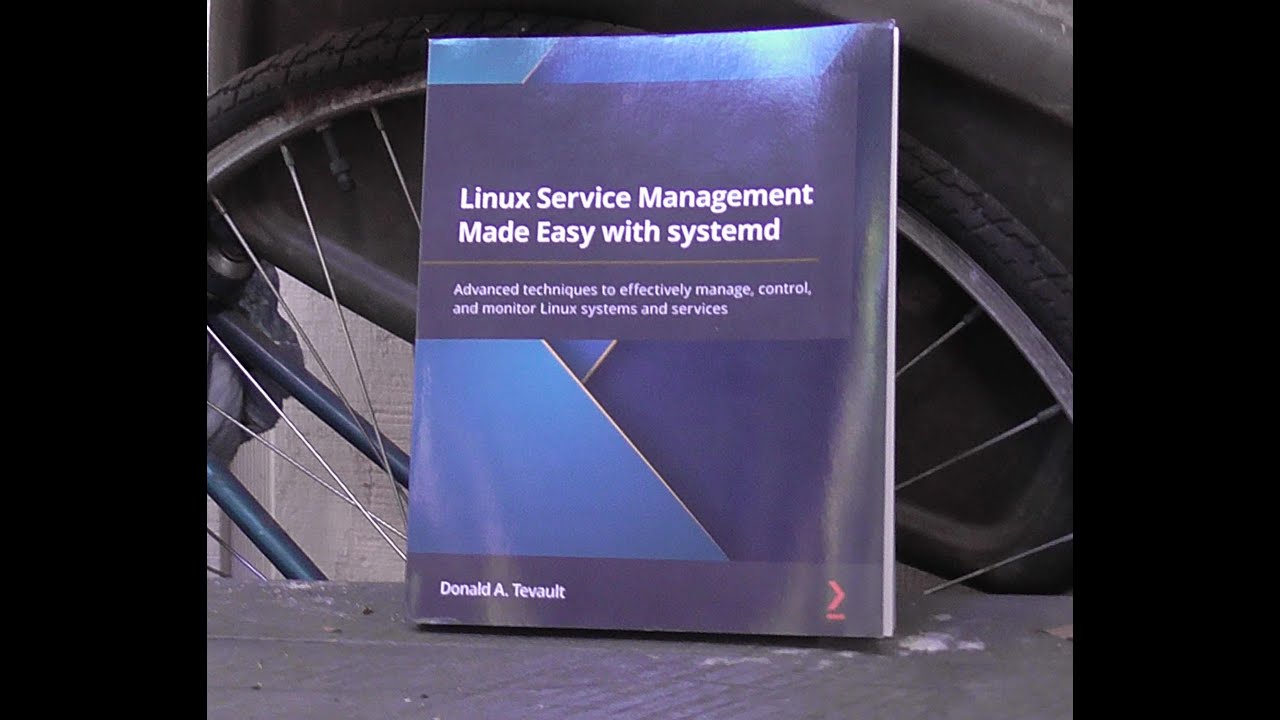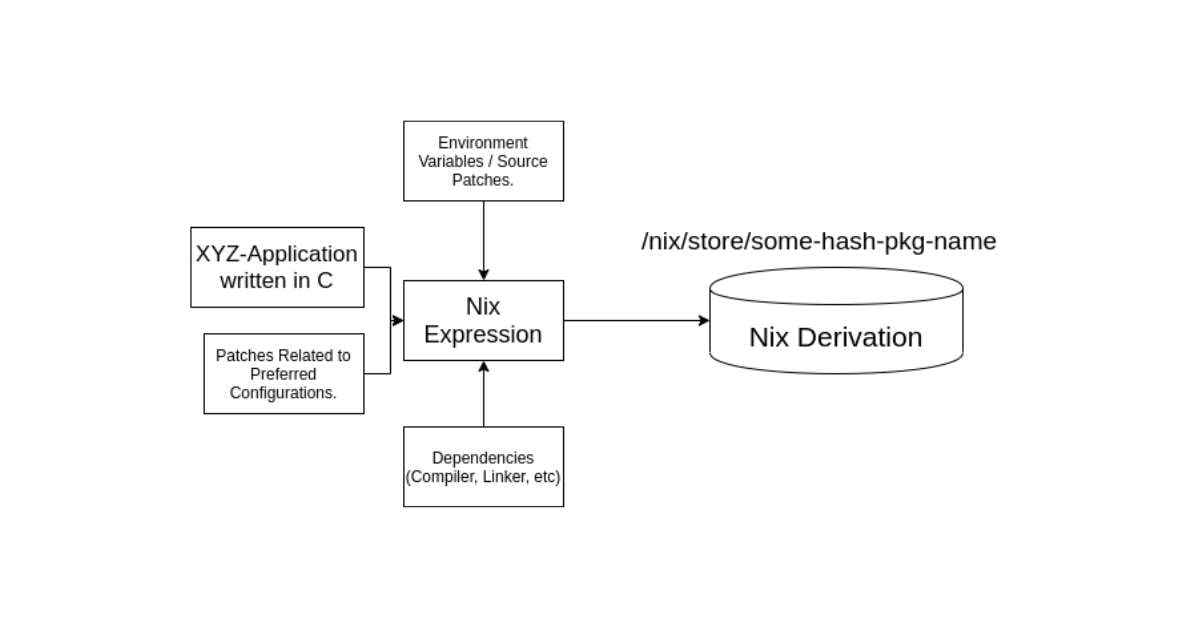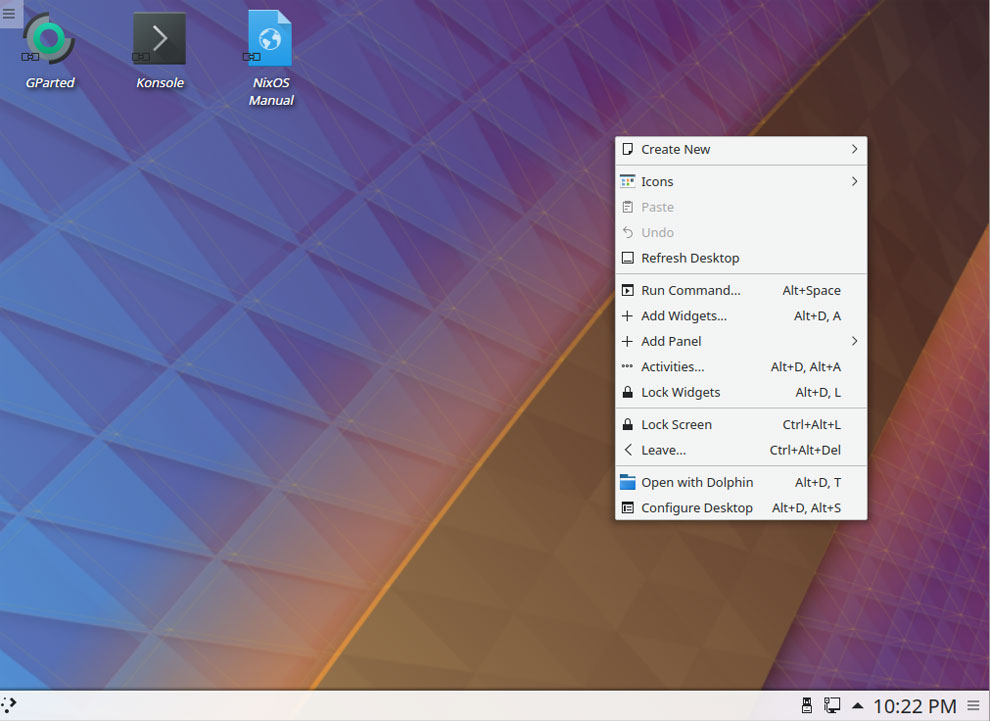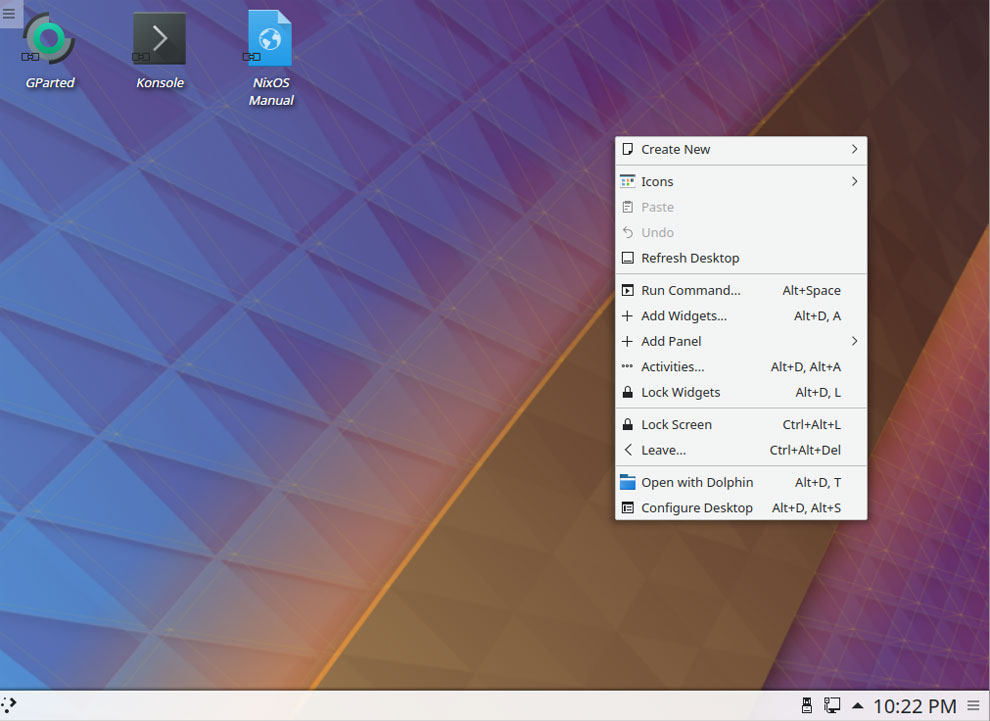
The Future of Linux: Embracing the Long-Term Support
If you’re a tech enthusiast like me, you’re probably always on the lookout for the latest developments in the world of Linux. The recent buzz around the Linux Plumbers Conference in Richmond, Virginia, has shed light on the exciting news that the newly released Linux 6.6 is set to be the next long-term support version (LTS) of the Linux kernel.
A group of penguins representing the Linux community
The announcement at the conference has sparked discussions among top Linux kernel developers, with many anticipating the arrival of the highly anticipated Linux 6.7 kernel. However, it seems that the 6.7 update will be delayed until early next year, as confirmed by Greg Kroah-Hartman, the stable branch maintainer.
Linux 6.7 promises to bring a host of new features, including the innovative bcachefs file system and support for Nvidia’s GPU System Processor firmware. On the networking front, there will be significant updates that aim to enhance performance and functionality.
In the meantime, Linux 6.6 has already made its mark with notable features such as the KSMBD In-Kernel SMB3 Server and support for Intel’s Shadow Stack. These enhancements have positioned Linux 6.6 as a powerhouse, driving cutting-edge distributions like Arch Linux and Fedora Linux.
As an LTS version, Linux 6.6 guarantees support until December 2026, offering stability and reliability to users. Looking ahead, the Linux community is gearing up for changes in LTS kernel support, with a shift towards shorter support windows to streamline maintenance efforts.
The decision to reduce the number of LTS Linux kernels reflects a strategic move to optimize resources and focus on current and widely used versions. This shift underscores the importance of community engagement and the need for sustainable development practices within the open-source ecosystem.
For users seeking extended support beyond the standard LTS timelines, options like the Linux Foundation’s Civil Infrastructure Platform (CIP) SLTS kernel provide a robust solution for industrial applications. Additionally, Canonical’s commitment to supporting Ubuntu kernels for up to a decade offers users a reliable choice for long-term deployments.
In a rapidly evolving tech landscape, the balance between innovation and stability is crucial. While the two-year LTS support window of mainline Linux kernels caters to most users’ needs, specialized requirements can be met through tailored solutions like CIP and Canonical’s extended support offerings.
Navigating the Linux Ecosystem
As we navigate the dynamic Linux ecosystem, it’s essential to stay informed about the latest developments and trends shaping the future of open-source technology. The evolution of LTS kernels and the emphasis on sustainability underscore the community’s commitment to driving innovation while ensuring long-term support for critical infrastructure.
Join me on this exciting journey through the world of Linux, where every update brings new possibilities and challenges. Embrace the future of Linux today and unlock a world of endless opportunities!















